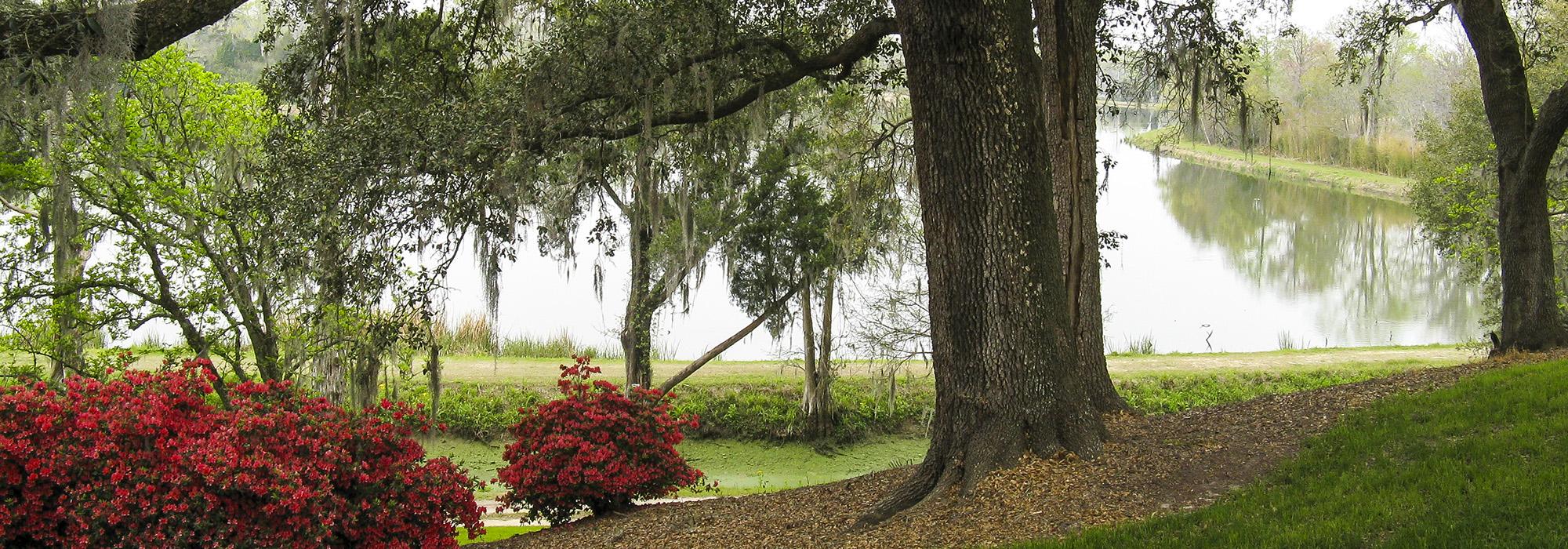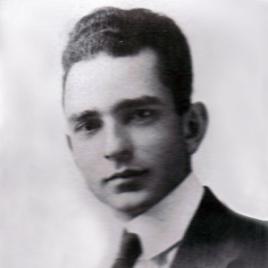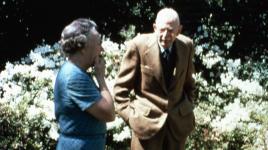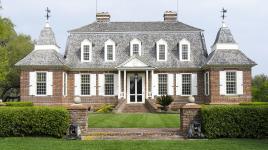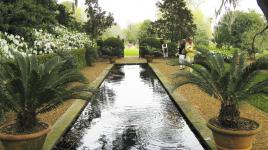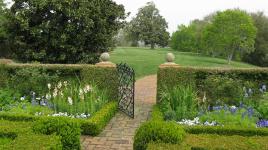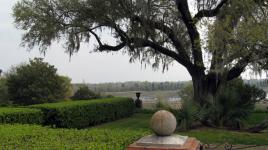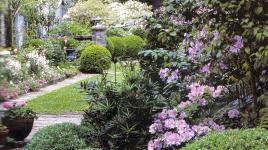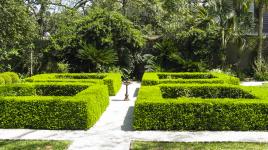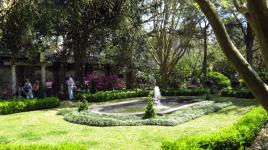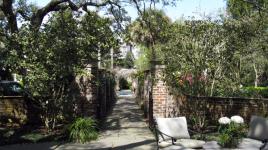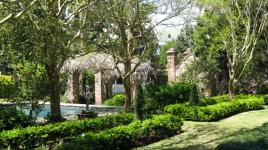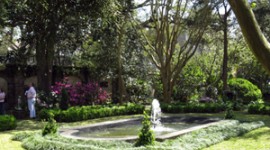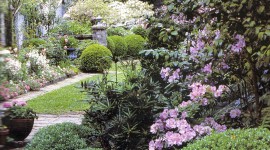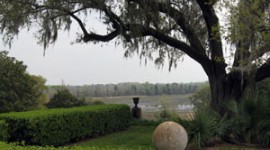Pioneer Information
Born in New York, Loutrel Briggs graduated from Cornell University in 1917. Briggs contributed to the development of the new profession of landscape architecture as an author, educator, and spokesman. Head of the Landscape Architecture Department at New York School of Fine and Applied Arts, he was chair of the American Society of Landscape Architects, a delegate to the International Conference of Landscape Architects in 1948, and chair of the ASLA Committee on International Professional Relations in the 1950s.
A partner in the New York City firm of Briggs & Stelling, Briggs established an office in Charleston, South Carolina in 1929, where he worked for forty years. His private-sector work included the William Gibbes (Roebling) Garden, the gardens of the Mills Hyatt House, and Mr. and Mrs. Ben Scott Whaley's Church Street garden. Briggs also designed public landscapes, including the Charleston World War II Memorial Garden, the 1930 Gateway Walk, and several college campuses.
Briggs encouraged the use of native plants and endorsed the amateur design of residential gardens in his writings. He also campaigned for design that honored the original city plan, maintaining its architectural and spatial intentions. Briggs also believed in the critical necessity of documenting historic designed landscapes. In Charleston Gardens, Briggs wrote a history of Charleston gardens as well as the gardens and landscapes of Low Country plantations.



